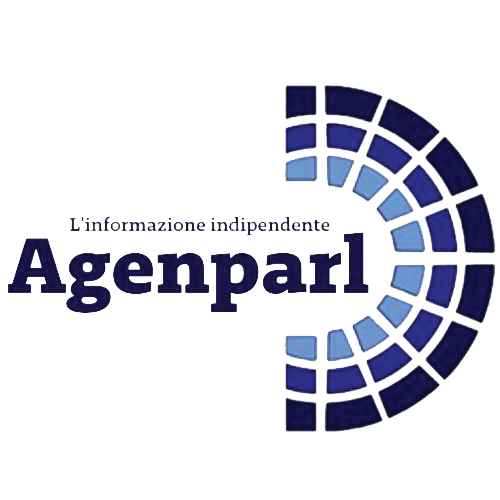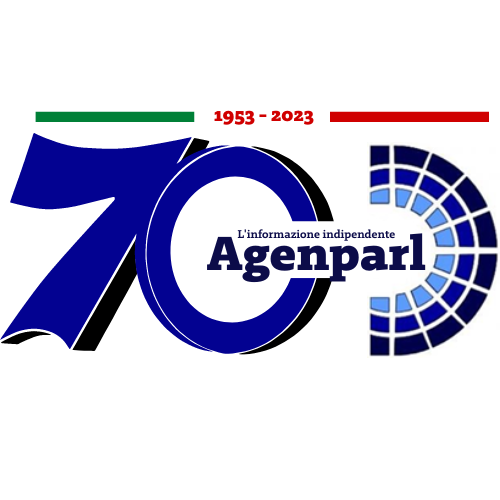 (AGENPARL) - Roma, 2 Agosto 2023
(AGENPARL) - Roma, 2 Agosto 2023(AGENPARL) – mer 02 agosto 2023 Issued: Aug 2, 2023 (11:01am EDT)
If you wish to unsubscribe please do so
here:Â http://url6130.epa.mediaroom.com/ls/click?upn=-2BroytcZInNRyuFbAvAoN5aMEQDHIx2RtQl0jT-2FwLgZHafJKm-2F7NYrsKNAZH88rhd98aG2o5sSGIX8iVgGgXwOczi8WNFU0a7GLvUAvQ8R0QCtkuTI4WABymYAm345NQtzb1R_mLoYh0p4AWg4foFr5HgrZ1QioQ33bLwdnQ-2BsYGKFX9mApcfdQmv0-2Bvkdf9kq-2BlYjkqT7BwI435Glyj0sOsi0YJbPeJ4R4GKYC47gJF2dzggJPwyVj8MElBQLOO7x6MnTUpp0F99x9qVwkhfJADh59l-2FyzaETy-2FgFqCHKFpKeNNaaQVVRkxcHQdrSCKaldKanA-2BUo456ozr-2F6NsV51BUF3k7xufZxOX-2BAOg6zIb2XSJRXhnZriZLHuGIFzvk-2B6BmsDusVHlO5UcA2-2BdqmpN54Yw-3D-3D
EPA Advances Asbestos Part 2 Risk Evaluation, Seeks Peer Review on White Paper
WASHINGTON (Aug. 2, 2023) — Today, the U.S. Environmental Protection Agency
(EPA) released a white paper as part of its Toxic Substances Control Act
(TSCA) Risk Evaluation for Asbestos Part 2 – Supplemental Evaluation Including
Legacy Uses and Associated Disposals of Asbestos for public comment and peer
review. The white paper presents EPA’s quantitative approach for the human
health assessment for part 2 of the risk evaluation for asbestos, which will
include all fiber types and legacy uses. The agency will release the draft
risk evaluation for asbestos part 2 for public comment early next year. EPA is
releasing this white paper ahead of the full draft risk evaluation for public
comment and peer review to allow for a focused review of key technical aspects
that will benefit from independent expert review and advice.
“More than thirty years after EPA first proposed a ban on asbestos, too many
people are still exposed to this cancer-causing chemical,†said Assistant
Administrator for the Office of Chemical Safety and Pollution Prevention,
Michal Freedhoff. “With this white paper, we move one step closer to
comprehensively evaluating and then addressing the dangers of asbestos
exposure.â€
Under the previous Administration, EPA narrowed the scope of the TSCA risk
evaluation for asbestos by only reviewing ongoing uses and excluding legacy
uses and disposals. Because only chrysotile asbestos has ongoing uses, other
fiber types were not considered. However, in 2019, a court ruled that the
agency unlawfully excluded “legacy uses†and “associated disposalâ€
from TSCA’s definition of “conditions of use,†resulting in the need to
supplement the agency’s initial review of asbestos (“part 1â€) with a
“part 2†risk evaluation, which focuses on legacy uses and associated
disposals. Part 2 also includes other types of asbestos fibers in addition to
chrysotile (crocidolite, amosite, anthophyllite, tremolite, and actinolite) as
well as asbestos-containing talc.
Exposure to asbestos can cause cancer and other serious health effects. In
order to evaluate the risks of asbestos in the manner required under the law,
EPA needs to quantify these hazards. Today, the agency is releasing a white
paper entitled White Paper: Quantitative Human Health Approach to be Applied
in the Risk Evaluation for Asbestos Part 2 – Supplemental Evaluation Including
Legacy Uses and Associated Disposals of Asbestos. In the white paper, EPA
identifies existing hazard values for asbestos and describes how the agency
proposes to use them in the risk evaluation.
EPA also describes its systematic review approach to identify and evaluate
relevant scientific studies for the quantification of asbestos hazards and to
make decisions about which are most relevant for part 2 of the risk evaluation
in a fit-for-purpose manner. The approach was informed by the peer reviewed
Draft TSCA Systematic Review Protocol and reflects the National Academies of
Sciences, Engineering, and Medicine (NASEM) recommendations to conduct a
targeted, chemical-specific review of relevant science for TSCA specific
decision making. As NASEM suggested, EPA has considered and built on existing
peer-reviewed agency assessments of asbestos including part 1 of the risk
evaluation, EPA’s 2014 Integrated Risk Information System (IRIS) Libby
Amphibole Asbestos Assessment and the 1988 IRIS Asbestos Assessment to
streamline its evaluation of human health hazards. The systematic review
approach helps ensure that part 2 of the risk evaluation for asbestos is based
on the best available science.
Consistent with EPA and OMB guidance on peer review of scientific and
technical work products, EPA is requesting a letter peer review by 10 to 15
independent experts of the quantitative approach to the human health
assessment to be used in part 2 of the risk evaluation. The agency is choosing
to submit this white paper, rather than the full draft risk evaluation, for
peer review to focus on key technical aspects of the forthcoming risk
evaluation and to make the most efficient use of the experts’ time. Peer
reviewers will develop and provide their independent comments to EPA between
October 25, 2023, and November 24, 2023. Additional information about the
letter peer review will be available on the peer review website.
EPA will accept public comments on the white paper for 60 days following
publication via docket EPA-HQ-OPPT-2023-0309 at http://www.regulations.gov. These
comments will be collated and provided to peer reviewers for their
consideration.
In addition, EPA will consider feedback from this letter peer review as the
agency prepares to release the draft Part 2 Risk Evaluation for Asbestos for
public comment later this year. EPA will subsequently finalize part 2 of the
risk evaluation by December 1, 2024.
Read the white paper.
To unsubscribe or change your settings click here:
http://url6130.epa.mediaroom.com/ls/click?upn=-2BroytcZInNRyuFbAvAoN5aMEQDHIx2RtQl0jT-2FwLgZFdW2WYdzQmaasDKJ3YChU3lxjxu-2BOlnKYiwcaBNXZy2jP0PFtVPDB9CTq0vEj3dfDfQgEywsE0bOr45NqB6dm8-2FBmihnWKwXth-2Bi-2BnLMR2jw-3D-3DE4D8_mLoYh0p4AWg4foFr5HgrZ1QioQ33bLwdnQ-2BsYGKFX9mApcfdQmv0-2Bvkdf9kq-2BlYjkqT7BwI435Glyj0sOsi0YJbPeJ4R4GKYC47gJF2dzgj43-2BpcWLajFE0U-2Fv2x2rFyHayXdclEjUT3O-2FDEynxol-2F-2F3X9Oy4d9A-2F-2B8T-2BGtNf-2BlsSj-2Fhl0FuflHtFzGgsePD2-2BzJ3Rldq6j-2FZMWz8FAr9poa1YlNoFmBbM8i3BrjLMLGFGGTd30SVpKMuChwRzsML1nScwYxz6BDozN-2BDUMnEQ-3D-3D

